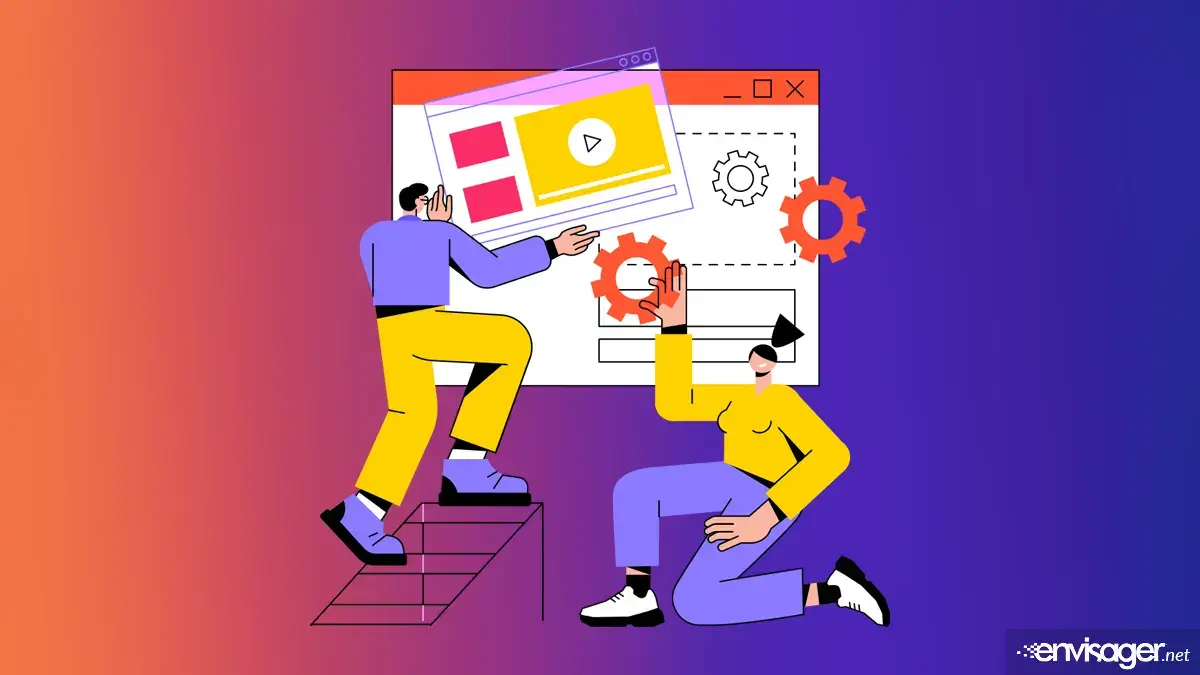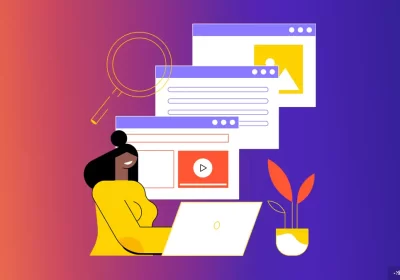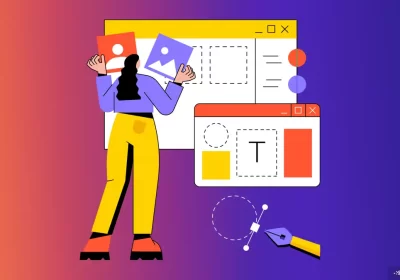Aesthetic vs. Function: Can Beautiful Websites Convert?

A brand’s first impression is often made through its website. As designers and marketers collaborate to build visually compelling platforms, a common question arises: Can beautiful websites convert? The answer isn’t as straightforward as one might hope, but it’s rooted in a balance between aesthetics and usability.
Can beautiful websites can convert? Absolutely!
There is power in the first impression. Studies show that users form an opinion about a website in just 50 milliseconds. For this reason alone, visual appeal plays a massive role in that snap judgment. A clean, modern, and professional design builds immediate trust and signals credibility. In fact, Stanford’s Web Credibility Research found that 75% of users judge a company’s credibility based on website design.
But while appearance draws users in, conversion depends on more than just looks.
1. When beauty helps conversion
There are many ways in which an aesthetically pleasing website can boost conversion rates. For example, it increases trust and credibility. People associate polish with professionalism. As such, a visually appealing site feels safer and more legitimate.
A beautiful site often incorporates good UX principles. For instance, clear layout intuitive navigation, and consistency. This aspect reduces friction in the buyer’s journey.
In addition, great design can create an emotional connection with users. Colors, typography, imagery, and micro-interactions evoke trust, excitement, or desire. All of which
influence purchasing behavior.
So, can beautiful websites convert? Most definitely.
2. The risk: when beauty hurts function
On the flip side, overly designed or “too pretty” websites can hinder conversions. How? One such way is when appearance is prioritized over usability like slow-loading animations, hard-to-read fonts, or overly complex layouts. In these cases, the user is more frustrated rather than being entertained.
Also, if the navigation is confusing and users can’t find what they’re looking for quickly, they will leave. Regardless how beautiful the site is. Another impediment is buring call-to-actions in favor of a clean design. In addition to being beautiful, a website design must also guide users, not just impress them.
3. Finding the balance
To answer the question “can beautiful websites convert?”. yes they absolutely can. But beauty alone is not enough. The best-performing websites strike a perfect balance between aesthetics and performance.
4. Tips for marrying aesthetics and function
A. Prioritize speed
A fast-loading site is essential. Compress images, optimize code, and use a reliable hosting service.
B. Design for mobile first
With over half of web traffic coming from mobile, a responsive and visually engaging mobile experience is crucial.
C. Use visual hierarchy
Guide users naturally with layout, color, and spacing. Make CTAs stand out.
D. Test everything
Use A/B testing to find the best-performing design elements. Data should guide design choices.
E. Keep it simple
Avoid visual clutter. Simplicity is often the most elegant (and effective) solution.
Conclusion
Can beautiful websites convert? Yes, but only when beauty is in service of the user. A stunning website that frustrates visitors will not perform. But when aesthetic design is thoughtfully paired with usability, content, and strategic intent, the result can be a high-converting, brand-elevating online experience.
You may also enjoy reading: Top 5 Steps in the Media Planning Process in Advertising

Dr. Amelia Davis
WEB DEVELOPMENT DIRECTOR
Dr. Amelia Royster-Davis is a Doctor of Education and an Instructional Designer. As the Director of Web Development at Envisager Studio, her primary focus is to lead the web development team in building modern, responsive websites. In her spare time, she writes about web development, UI and UX.




